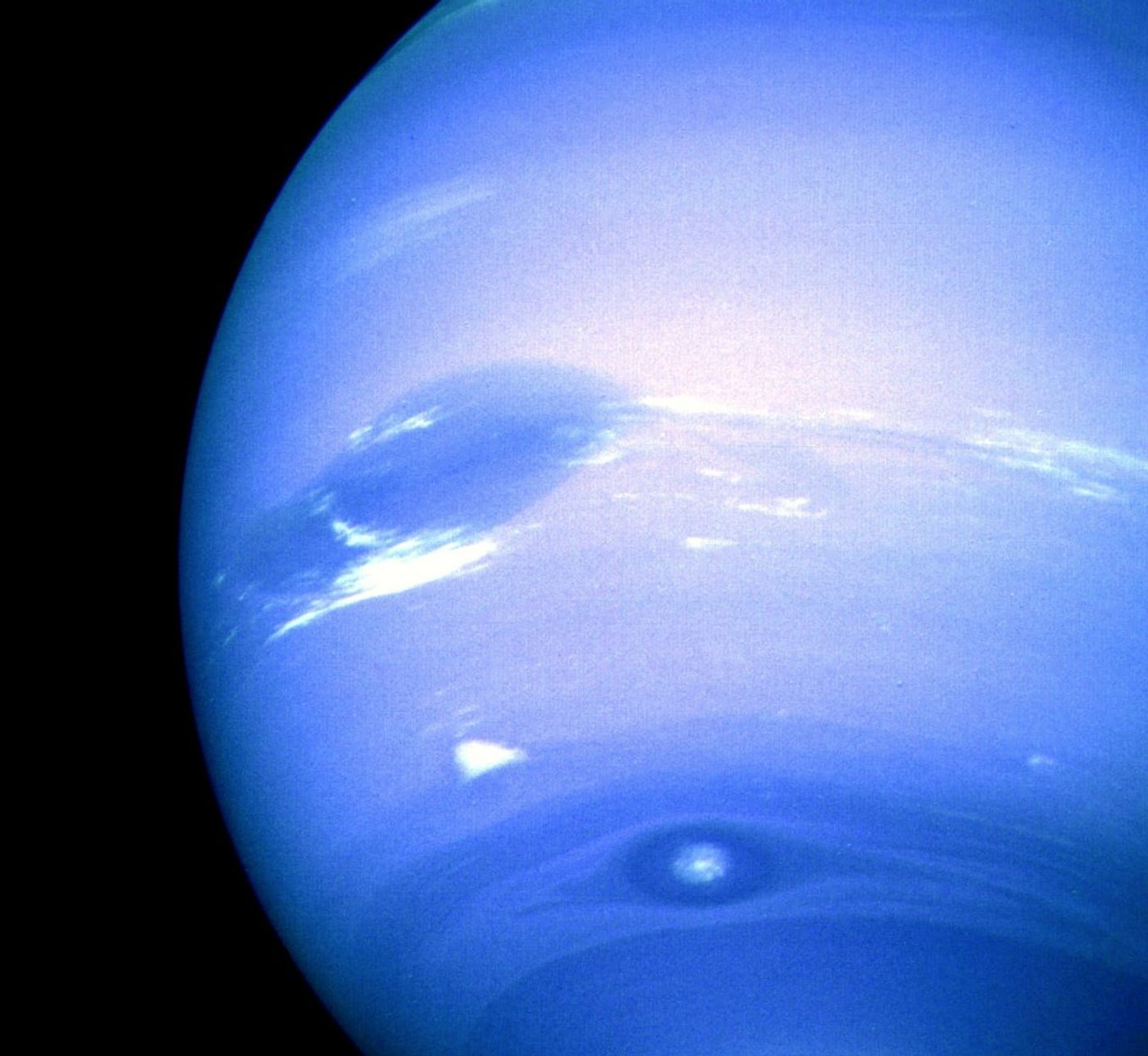These KBOs Tell Us Why Neptune's Formation Was Smoother Than Originally Thought
The formation of our Solar System leaves a lot of unanswered questions, but as we continue to study it in more detail with the countless spacecraft and telescopes we have in space today, we also continue to find clues that help tell a story about how it came to be.
One of the ongoing mysteries of our Solar System is Neptune, which is the most distant known full-sized planet from the Sun. Today, it exists around 30 Astronomical Units (AU) away from the Sun, but it wasn’t always that far away. It’s believed to have drifted there over a period of time.
Image Credit: Pixabay
While there have been theories that Neptune got to where it’s at pretty violently, new research published in the journal Nature Astronomy reveals that Neptune might have had a much smoother ride than we give it credit for.
Related: Scientists wish they could see the rocky core of Neptune
The study takes a closer look at Kuiper Belt Objects (KBOs), which are the hard-to-see space rocks residing in the Kuiper Belt just beyond Pluto. These are among some of the earliest objects to form in the Solar System.
According to the researchers, Kuiper Belt Objects are typically red in color, but traces of blue-colored contaminants have been discovered there too. More importantly, they’re whirling around one another in binaries, which means there may have been some kind of foul play at some point in the early solar system.
Image Credit: Gemini Observatory/AURA, artwork by Joy Pollard
We know that bluer space rocks are typically found much closer to our Sun, so this had implications about these blue objects being “dragged” away from our star and into the deeper reaches of our Solar System.
Throughout the formation of Neptune, the planet would have had a growing gravitational influence, which researchers believe may have been strong enough to tug on these blue KBOs and pull them all the way out to where they are now.
“This research has opened the window to new aspects of understanding the early stages of planet growth,” study lead author Dr Wesley Fraser explained. “We now have a solid handle on how and where these blue binaries originated.”
“There has been some evidence around how Neptune moved outwards to 30 AU. Our hypothesis about how these blue binaries came to be where they are requires that Neptune’s migration was largely a smooth and calm movement.”
Neptine, once around 20 away AU from the Sun, wandered out to 30 AU away throughout its formation. This movement from point A to point B was so subtle that it pulled these blue object binaries from their original location with disturbing their interactions with one another. This is why they continue to be binaries today, even after being dragged as far out as they are now.
While the Kupier Belt and everything it contains continues to hold untapped mysteries, New Horizons will soon be sent out to study a KBO dubbed 2014 MU69 in another flyby mission following its historic Pluto flyby in 2015. New Horizons should reach the new object by 2019, and perhaps seeing it up close will help us to learn more about the Kuiper Belt.
Source: Space Daily










